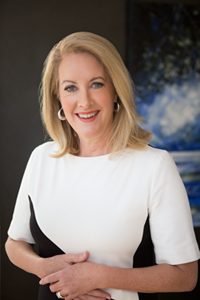
Pablo Picasso and John Lennon are world class leaders I chose for immersion study last year.
Towering, iconic individuals of the 20th century.
Yet with a curious similarity – their creative breakthroughs actually the product of intense partnership. Picasso and Georges Braque pioneered Cubism between 1907-14, in the process revolutionising modern art.
The two painters shared so many ideas, theories, models and inspiration, that it’s difficult for a regular viewer like me to discern which artist painted which picture.
“The things that Picasso and I said to one another during those years will never be said again, and even if they were, no one would understand them anymore. It was like being roped together on a mountain.”
Liverpool teenagers,John Lennon and Paul McCartney formed The Beatles and went on to produce the soundtrack to the Boomers awakening.
Paul said the two had a habit of “answering” each other’s songs. “He’d write ‘Strawberry Fields, and I’d go away and write ‘Penny Lane’ … to compete with each other. But it was very friendly competition.”
Interestingly, on outgrowing The Beatles, Lennon formed a new, intensely activist and artistic partnership with Yoko Ono.
I’m fortunate to know the value of fellowship, encouragement and especially productive rivalry in powerful collaborations.
And have lived the natural cycle, from first meetings, through inspired activity to parting, even death.
The leader myth is often one of lone genius, the daring radical, a solo sailor or intrepid explorer.
The reality is rooted in vital relationships.
It takes two to tango.







